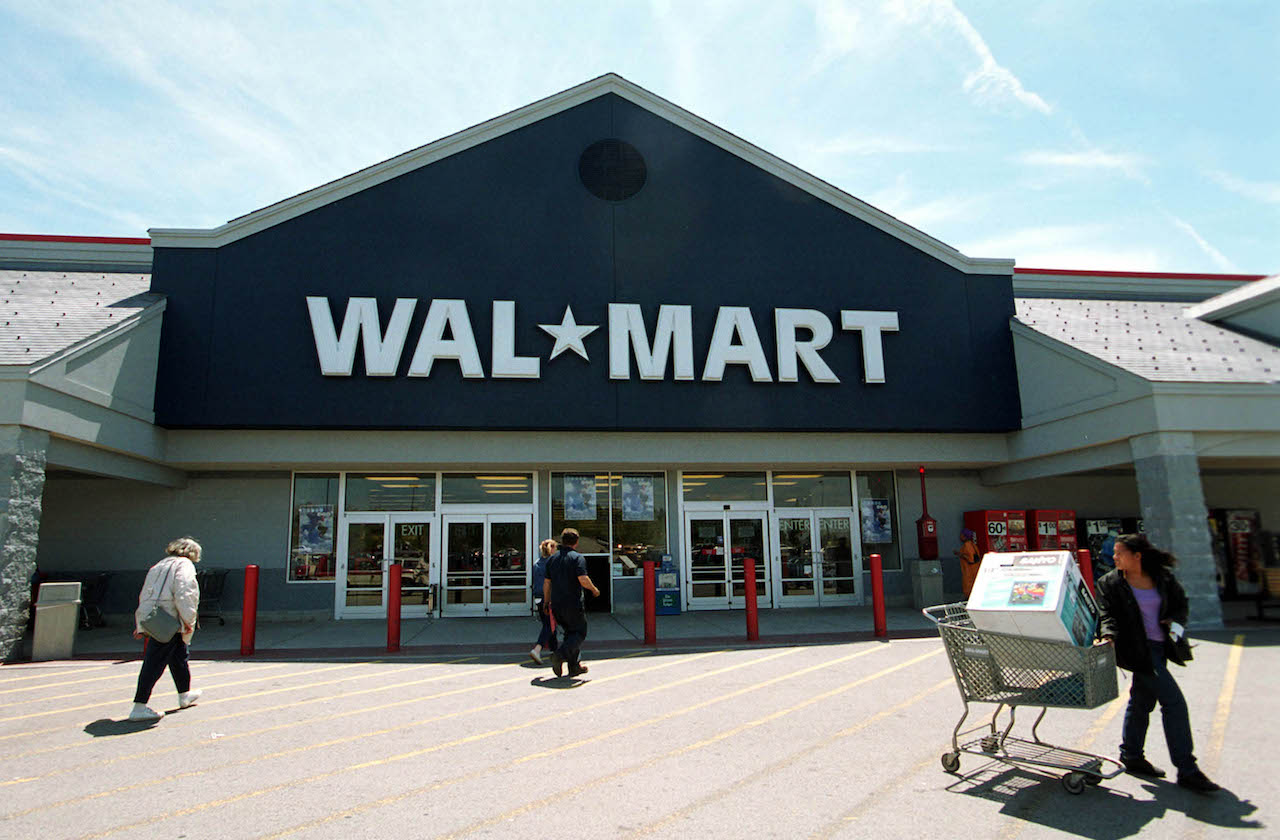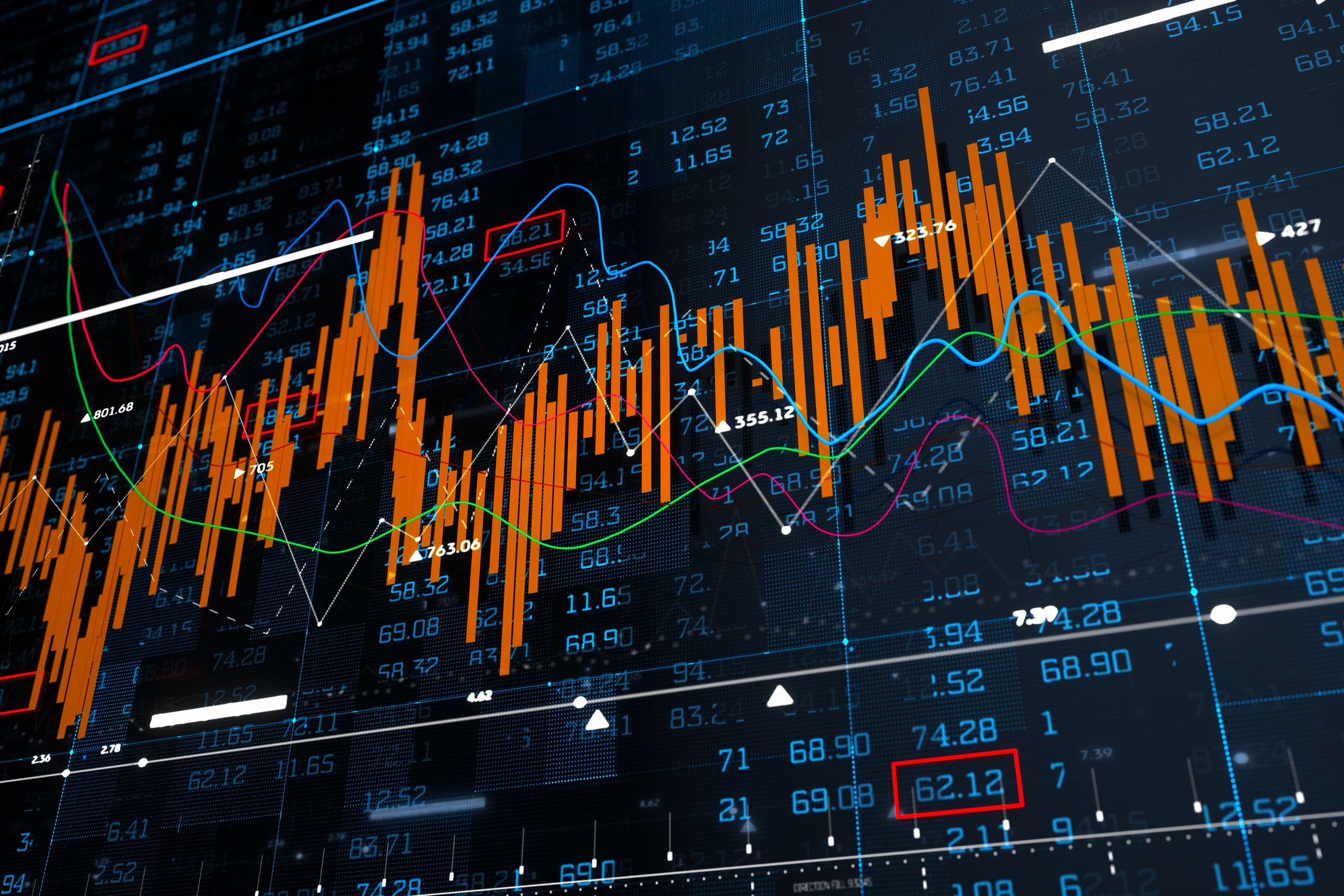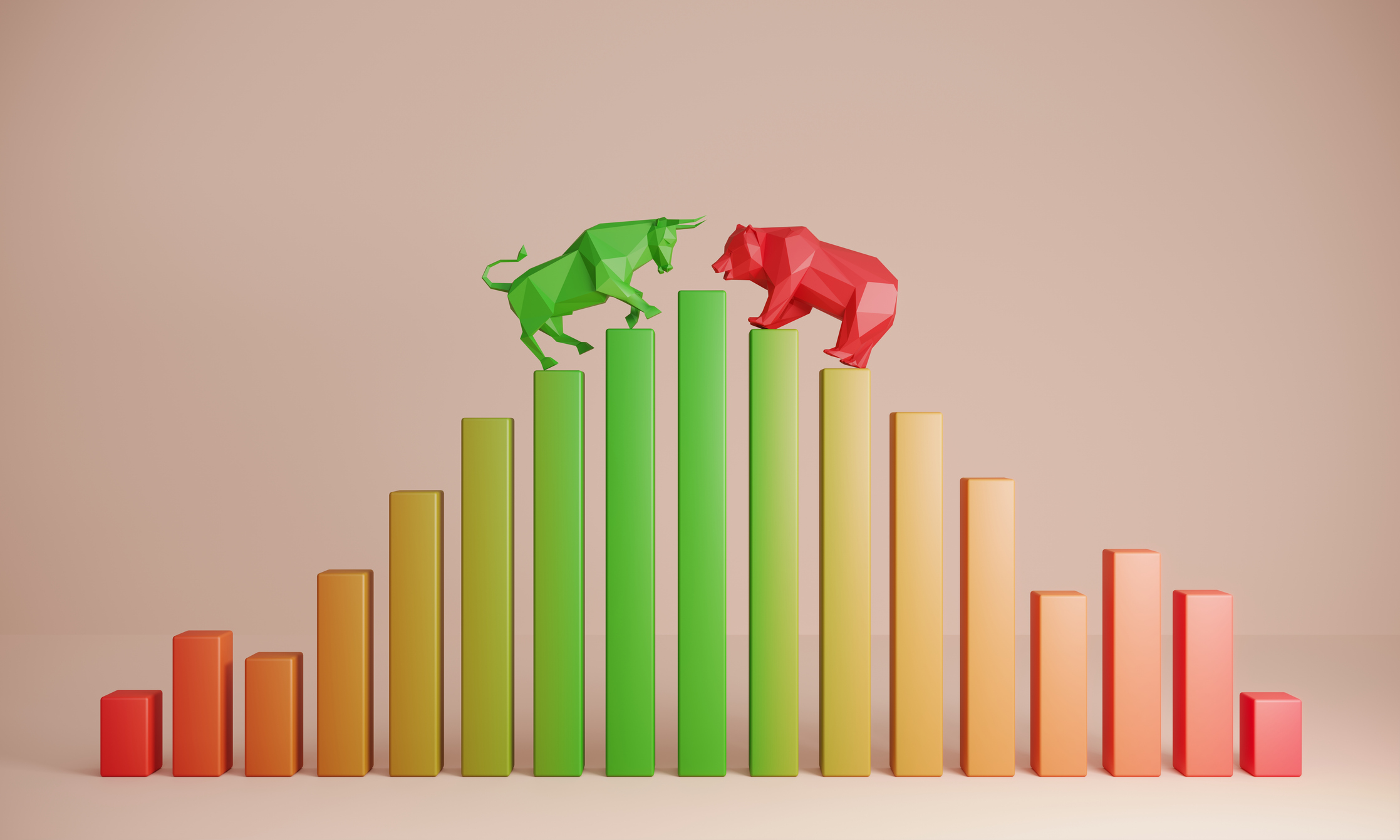Walmart, BNPL Were Black Friday's Big Winners
Walmart gained ground on its rivals, though spending didn't surge through Black Friday and Cyber Monday.


It's been several days since Black Friday and just hours past Cyber Monday. The consensus for retailers is that it was a good, if not great, start to the end-of-the-year holiday shopping season that culminates on Christmas Eve.
The big picture included a record $9.12 billion in online sales on Black Friday, 2.3% higher than a year ago and $120 million higher than the projections heading into the big day, according to data from Adobe Analytics. Unfortunately, with inflation exceeding 7%, sale growth continues to lag behind rising prices.
For investors, it all depends on your expectations.
From just $107.88 $24.99 for Kiplinger Personal Finance
Become a smarter, better informed investor. Subscribe from just $107.88 $24.99, plus get up to 4 Special Issues

Sign up for Kiplinger’s Free Newsletters
Profit and prosper with the best of expert advice on investing, taxes, retirement, personal finance and more - straight to your e-mail.
Profit and prosper with the best of expert advice - straight to your e-mail.
Two big winners on Black Friday were Walmart (WMT) and the Buy Now, Pay Later companies. Here's why:
Walmart gains on its rivals
Walmart outdueled Amazon (AMZN) this year, getting the most online searches for Black Friday discounts, up 386% from last year. As a result, Amazon fell to fourth place this year, also behind Target (TGT) and Kohl's (KSS).
Walmart went into Black Friday on a roll after delivering strong quarterly results in mid-November that included a 9.8% increase in revenue (excluding currency) to $152.8 billion, and a 4.6% increase in its adjusted operating income, to $6.1 billion.
The discount chain's U.S. same-store sales were 8.2% higher in Q3 2023 and 17.4% higher over Q3 2021. In addition, its e-commerce sales grew 16% over Q3 2022 and 24% higher than Q3 2021.
The third quarter's most significant highlight was the company's admission that it gained market share in grocery.
"Walmart U.S. continued to gain market share in grocery, helped by unit growth in our food business. We significantly improved our inventory position in Q3, and we'll continue to make progress as we end the year," stated CEO Doug McMillon in its Q3 2022 press release.
As a result of its strong showing, Walmart raised its full-year outlook for fiscal 2023.
It now expects net sales growth of 6.5% in 2023, with foreign exchange affecting revenue by $4.1 billion. Its Walmart U.S. same-store sales should grow 5.5%, excluding fuel. Previous guidance projected a 10% decline in adjusted operating income at the midpoint of its outlook. It now expects the drop to be 7% at the midpoint and 6% excluding divestitures.
At the same time Walmart reported good results, Target delivered less-than-stellar earnings. As a result, Walmart stock is up nearly 8% over the past month, while Target's share price has fallen by more than 1%.
Walmart's reference to taking market share in grocery was likely at the expense of Target. Walmart's grocery business accounts for 56% of its overall revenue, while the same number for Target is 20%, though Target is expanding its new stores.
Walmart's rollbacks appear to be working in these inflationary times. For example, early data suggests Walmart was a big beneficiary of the shift in consumer spending on Black Friday.
Consumers still like Buy Now, Paying Later
According to the latest data from Adobe Analytics, inflation appears to have caught up to consumers. From Nov. 19 through Nov. 25 (Black Friday), orders and revenue from Buy Now Pay Later (BNPL) services jumped 78% and 81%, respectively.
"As Black Friday hit record spending online, we're also seeing more prominent signs of a budget-conscious consumer this year," Vivek Pandya, Adobe Digital Insights lead analyst, said in a statement. "Shoppers are embracing the Buy Now Pay Later payment method more this year to be able to buy desired gifts for family and friends."
Adobe Analytics says Cyber Monday online sales hit $11.3 billion, 5.8% higher than Cyber Monday 2021. This makes Cyber Monday a record and the biggest online sales day in 2022.
The entire Cyber Week -- Thanksgiving to Cyber Monday -- saw consumers spend $35.27 billion, 4% higher than in 2021. BNPL orders and revenues were 85% and 88% higher than in 2021.
While the increased use of BNPL is good for companies such as Block's (SQ) Afterpay, Affirm Holdings (AFRM), and PayPal (PYPL), it's a sign that the average consumer is getting stretched from this extended period of inflation. Also, their share prices may have steadied following the huge sales week, but remain subdued after huge declines in the sector starting in 2021.
Meanwhile, Walmart and its shareholders are enjoying the start of the holiday shopping season.
Profit and prosper with the best of Kiplinger's advice on investing, taxes, retirement, personal finance and much more. Delivered daily. Enter your email in the box and click Sign Me Up.

Will has written professionally for investment and finance publications in both the U.S. and Canada since 2004. A native of Toronto, Canada, his sole objective is to help people become better and more informed investors. Fascinated by how companies make money, he's a keen student of business history. Married and now living in Halifax, Nova Scotia, he's also got an interest in equity and debt crowdfunding.
-
 7 Hybrid Adviser Services, Reviewed
7 Hybrid Adviser Services, ReviewedThese hybrid adviser services aim for a sweet spot that combines digital investing with a human touch.
-
 If You'd Put $1,000 Into UPS Stock 20 Years Ago, Here's What You'd Have Today
If You'd Put $1,000 Into UPS Stock 20 Years Ago, Here's What You'd Have TodayUnited Parcel Service stock has been a massive long-term laggard.
-
 5 Ways Trump Could Impact Your Portfolio This Year
5 Ways Trump Could Impact Your Portfolio This YearInvestors are facing a changing landscape this year, from lower interest rates to a massive tax and spending bill. Here's how to prepare your portfolio.
-
 AI Stocks Lead Nasdaq's 398-Point Nosedive: Stock Market Today
AI Stocks Lead Nasdaq's 398-Point Nosedive: Stock Market TodayThe major stock market indexes do not yet reflect the bullish tendencies of sector rotation and broadening participation.
-
 Nasdaq Rises 2.7% as Musk Tweets TSLA Higher: Stock Market Today
Nasdaq Rises 2.7% as Musk Tweets TSLA Higher: Stock Market TodayMarkets follow through on Friday's reversal rally with even bigger moves on Monday.
-
 Dow Erases 717-Point Gain to End Lower: Stock Market Today
Dow Erases 717-Point Gain to End Lower: Stock Market TodayThe main indexes started the day with solid gains, but worries of an AI bubble weighed on stocks into the close.
-
 Coulda, Woulda, Shoulda: Are These 5 Stocks Too Overvalued to Buy Now?
Coulda, Woulda, Shoulda: Are These 5 Stocks Too Overvalued to Buy Now?Investors worried about missing the boat on overvalued stocks need not fret. These five names, while expensive, are still seeing lots of love from analysts.
-
 S&P 500 Extends Losing Streak Ahead of Powell Speech: Stock Market Today
S&P 500 Extends Losing Streak Ahead of Powell Speech: Stock Market TodayStocks continued to struggle ahead of Fed Chair Powell's Friday morning speech at Jackson Hole.
-
 Stocks Struggle Ahead of Busy Fed Week: Stock Market Today
Stocks Struggle Ahead of Busy Fed Week: Stock Market TodayThe minutes from the July Fed meeting will be released Wednesday, while Chair Powell will deliver a key speech at Jackson Hole on Friday.
-
 Dow Hits New Intraday High: Stock Market Today
Dow Hits New Intraday High: Stock Market TodayValue-hunters with big stakes in a particular component kept one of the main U.S. equity indexes in positive territory.
-
 We Are Peter Lynch: How to Invest in What You Know
We Are Peter Lynch: How to Invest in What You KnowTake a look around, go to a free stock market data website, and get to work.